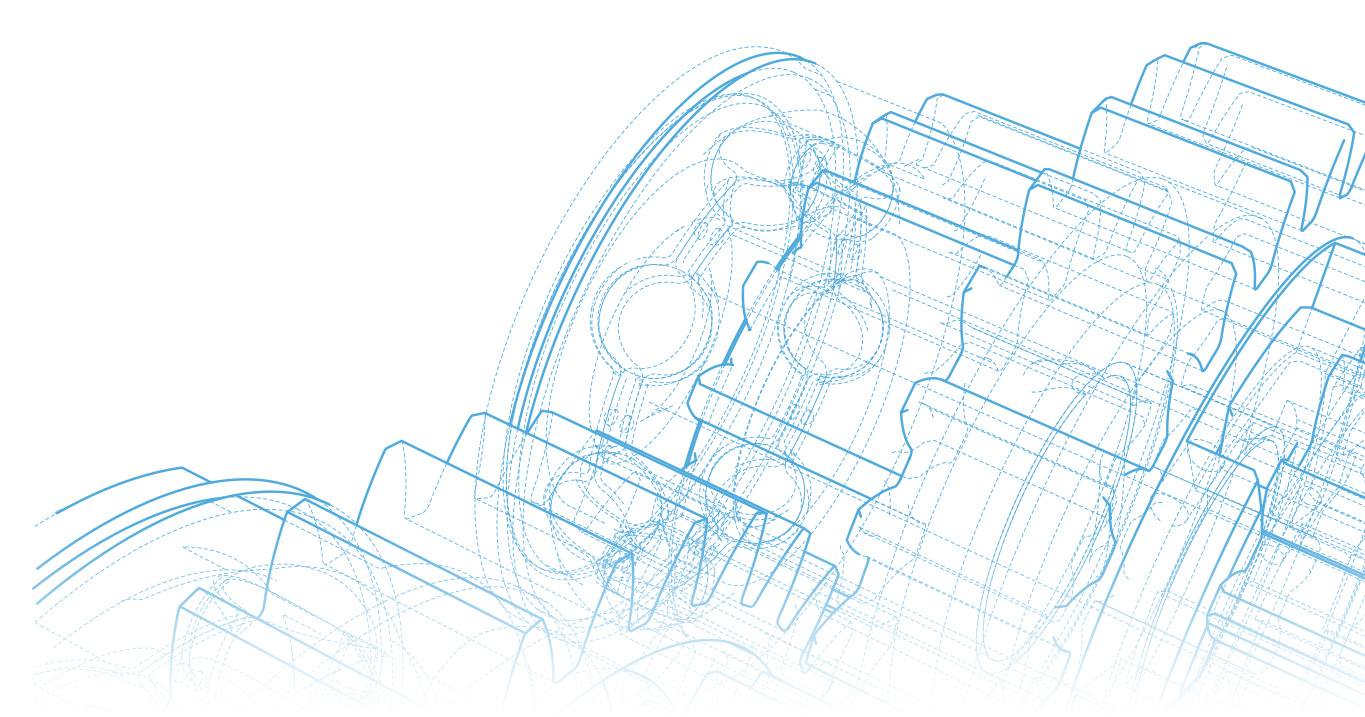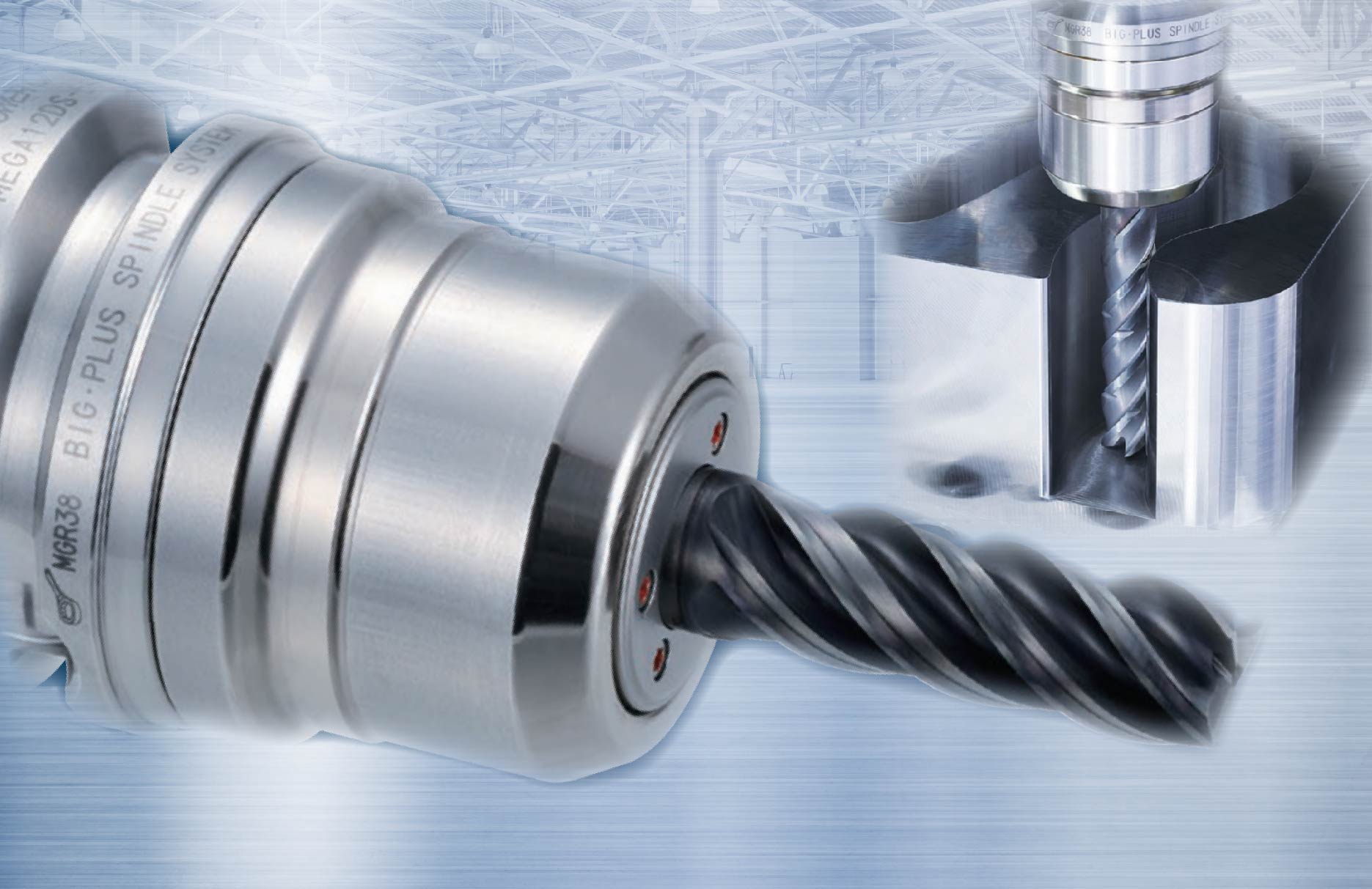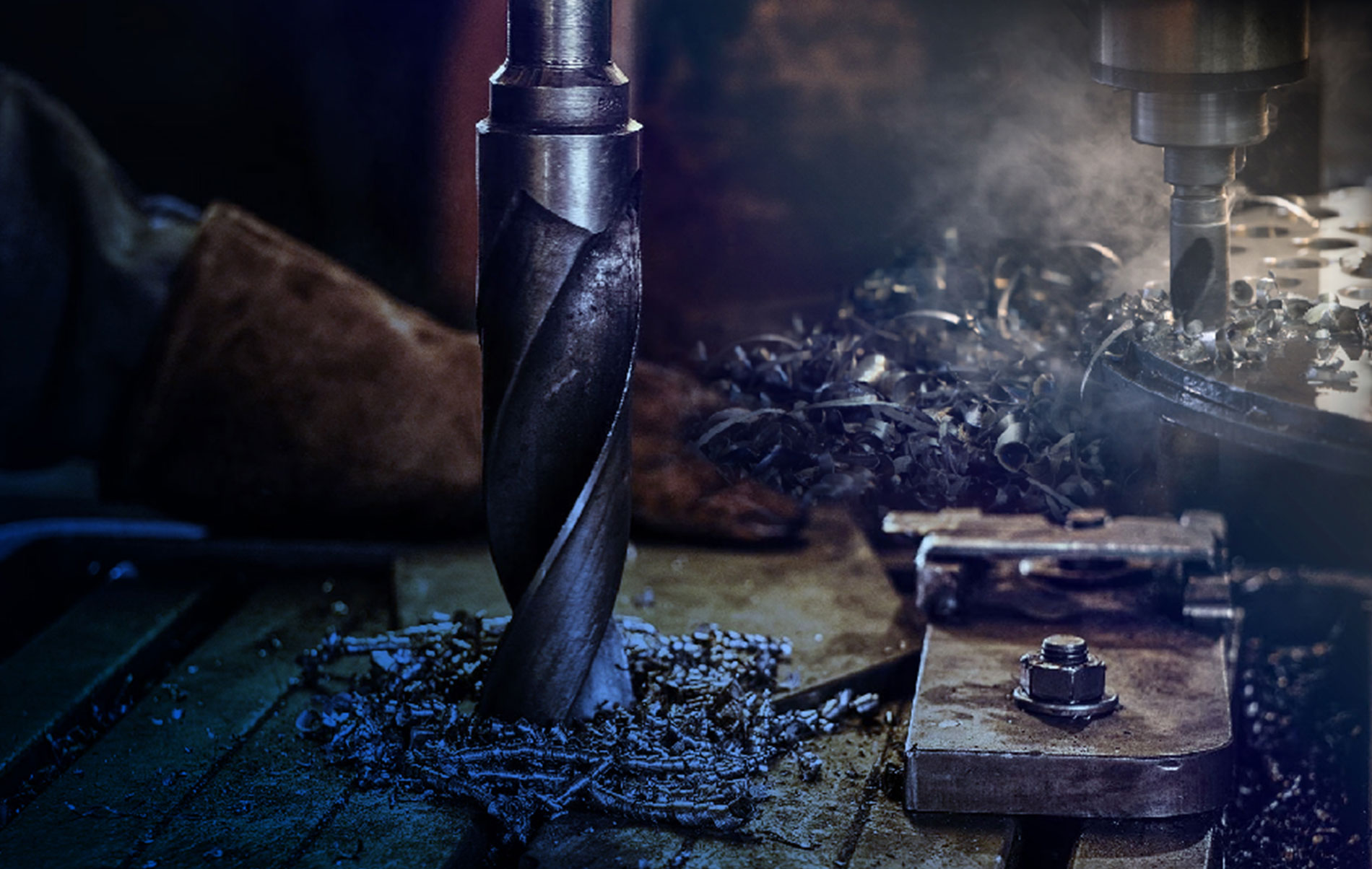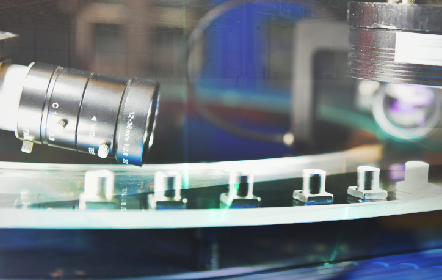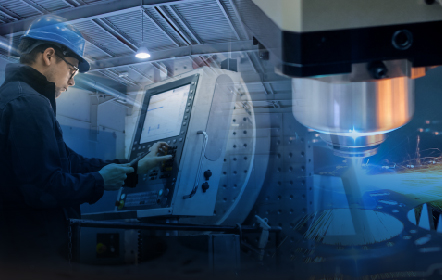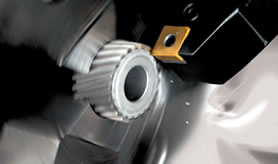 Time-to-market is a big challenge as the number of variants is increasing year by year and the response time is getting shorter and shorter. This trend is forcing manufacturers to look for better ways to reduce production lead time, and lower the cost to stay competitive. This phenomenon leads to the term ‘productivity’ which is a magic word nowadays to bring profits and long term partnerships to your business
Time-to-market is a big challenge as the number of variants is increasing year by year and the response time is getting shorter and shorter. This trend is forcing manufacturers to look for better ways to reduce production lead time, and lower the cost to stay competitive. This phenomenon leads to the term ‘productivity’ which is a magic word nowadays to bring profits and long term partnerships to your business
There are many success factors in lead time and productivity improvement. In this issue, we would like to focus on the three issues that most often taken into considerations; cutting tool, tool holder and machining parameters. 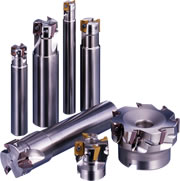
Cutting Tools: There are new designs of cutting tools being introduced in the market extensively. They have been developed specifically for maximizing metal removal in cutting operations. For example, for roughing operations, advanced cutting tools allow the use of very high feed rates, producing metal removal rates that can significantly reduce the cycle time and cost involved with. For smaller applications, there are newly developed cutting tools with changeable inserts designed for high feed applications and are effective to be used on high speed spindles and more economical solution. In a hard turning application, it involves extensively with PCD tooling which are available with a plenty of innovative solutions. Cutting tool technology has advanced dramatically in all aspects; geometries, coatings and substrates. Thus, we have seen new grades of carbide coatings (CVD, PVD), and advanced tool materials are constantly being developed for more specific applications e.g. high speed machining, difficult-to-cut materials, etc The key question is – how do you know if you are making the most out of the cutting tools? An understanding of machine capabilities as well as new cutting tool technology and how they can be applied are important to optimize the cutting operation with efficient cutting time, avoid costly mistakes. When you understand thoroughly these factors, then you can realize significant time and cost savings derived from the right strategy of cutting tool selection and matching of all relevant machining factors. 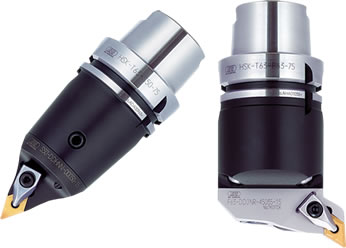
Tooling System: The next significant factor is how well the tool is held. The toolholder is an important connection between the machine spindle and the cutting tool. The importance in choosing the perfect toolholder is substantial as the quality of toolholder has a great influence on the results of the complete machining process. In other words, the correct toolholder choice will have a large impact on machining leadtime.Once you can match the right cutting tools with the materials the machine tool capabilities, then you need the right tool holder to grip them firmly even at high speeds, with run-out accuracy as well as balancing quality. High balancing quality tool holder can eliminate vibrations that occur in machining operation over time. Vibrations can cause a number of machining problems, including tool wear, tool breakage, spindle wear and poor surface finish. A precision toolholder will improve machining leadtime and productivity by increasing tool life with a reduction in run out, protect the machine spindle with the vibration and can eliminate the unexpected errors.
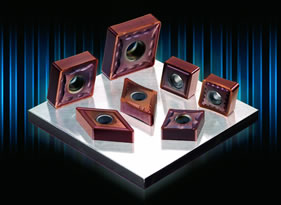
Cutting Condition Optimization The primary objective in machining operations is to create high quality products at low cost. As such machining parameter optimization plays an important role in achieving this goal. Here, we emphasize on the three machining parameters that define the lead-time efficiency and productivity improvement; cutting speed, feed rate and depth of cut.
Cutting Speed: Also called, surface speed, either word, this refers to rate (or speed) at which metal comes into contact with the tool at the cutting edge of the tool. Cutting speed is expressed in units of distance along the workpiece surface per time, typically, it is in meters per minute (m/min) Cutting speed is primarily determined by the machinability of the workpiece material and the hardness of the cutting tools, and other factors include surface finish required, depth of cut, rigidity of machine and work setup. In addition, to improve productivity, a comparison of the cost to regrind or purchase new and the quantity of parts produced in each lot should be taken into considerationCutting speed has to be set up properly, too fast cutting speed is not always good because of time lost in replacing and regrinding cutting tools. If it is too slow, it’s definitely time wasted. For best results and longer tool life, when starting, use lower range of cutting speed and gradually increase to a higher range. We advise you to discuss with your tools expert on the recommended cutting speeds.
Feed Rate: this refers to the velocity at which the cutting tool is fed, moving against the workpiece. It is defined as the distance the tool travels during one revolution of the part; meters per revolution for turning and boring and often expressed in meters per minute in milling operations. The feed rate is often simple to adjust, it is said as the second most likely parameter to gain added productivity. Nonetheless, in most cases, cutting speed and feed rate are often considered in a pair because their combined effects on the cutting process. The determinants in feed rate are similar to cutting speed’s, however since feed rate associates a lot with the velocity of the cutting tool that travel into the workpiece, power and rigidity of machine are important. Moreover, holding device and tooling setup should not be overlooked as ability to withstand vibration or chatter is needed.

Depth of Cut: Cut depth refers to the amount of material being taken off per pass. This parameter is the easiest to adjust, for instance, doubling the depth of cut in a turning operation will double the metal removal rate without any increase of cutting temperature. Horsepower may be doubled. Therefore, depth of cut will offer the best choice of tool life verses increasing feed rate or RPM. However, it is not always possible because there might not be any remaining or enough material to remove. In considering this parameter in coupling with cutting inserts that’s used, it’s important to remember that if the depth of cut is too large for the width of an insert, or the feed is too high, the insert may be overloaded, causing immediate breakage and waste of time in solving the problem. In the finishing operation, when the depth of cut is normally minimal, it is important to select the proper insert with a small width and a small corner radius. Actually, lead time strategy is never been a black or white issue despite a lot of recommended technical papers such as cutting tool and tooling selection, a chart of cutting speed, feed rate and depth of cut and so on. In most cases, this associates with accumulated experiences and professionallism. It is never ending learning process, and one of shortcuts to acquire these skills is to consult with tools expert who has reliable capacity as your true machining partner in all aspects.

